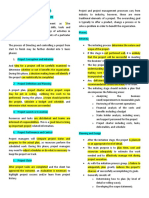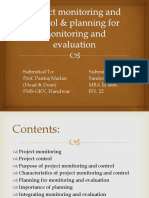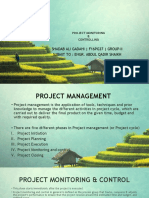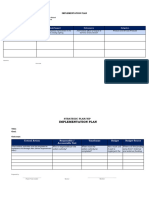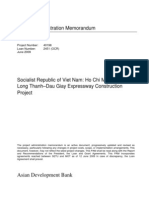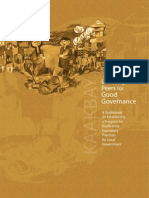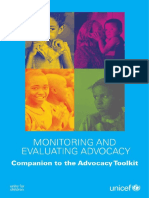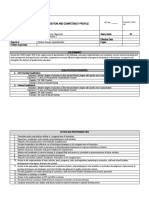0% found this document useful (0 votes)
10 views10 pagesLecture 8 - Project Tracking and Monitoring
The document outlines the processes of project tracking and control, emphasizing the importance of monitoring and controlling in project management. It details the roles of monitoring in gathering data and controlling in making adjustments based on that data, highlighting the significance of Key Performance Indicators (KPIs), managing scope, costs, quality, and facilitating stakeholder communication. Overall, effective monitoring and controlling are essential for ensuring project success and addressing challenges as they arise.
Uploaded by
georgiecomputerservicesCopyright
© © All Rights Reserved
We take content rights seriously. If you suspect this is your content, claim it here.
Available Formats
Download as PDF, TXT or read online on Scribd
0% found this document useful (0 votes)
10 views10 pagesLecture 8 - Project Tracking and Monitoring
The document outlines the processes of project tracking and control, emphasizing the importance of monitoring and controlling in project management. It details the roles of monitoring in gathering data and controlling in making adjustments based on that data, highlighting the significance of Key Performance Indicators (KPIs), managing scope, costs, quality, and facilitating stakeholder communication. Overall, effective monitoring and controlling are essential for ensuring project success and addressing challenges as they arise.
Uploaded by
georgiecomputerservicesCopyright
© © All Rights Reserved
We take content rights seriously. If you suspect this is your content, claim it here.
Available Formats
Download as PDF, TXT or read online on Scribd
/ 10











